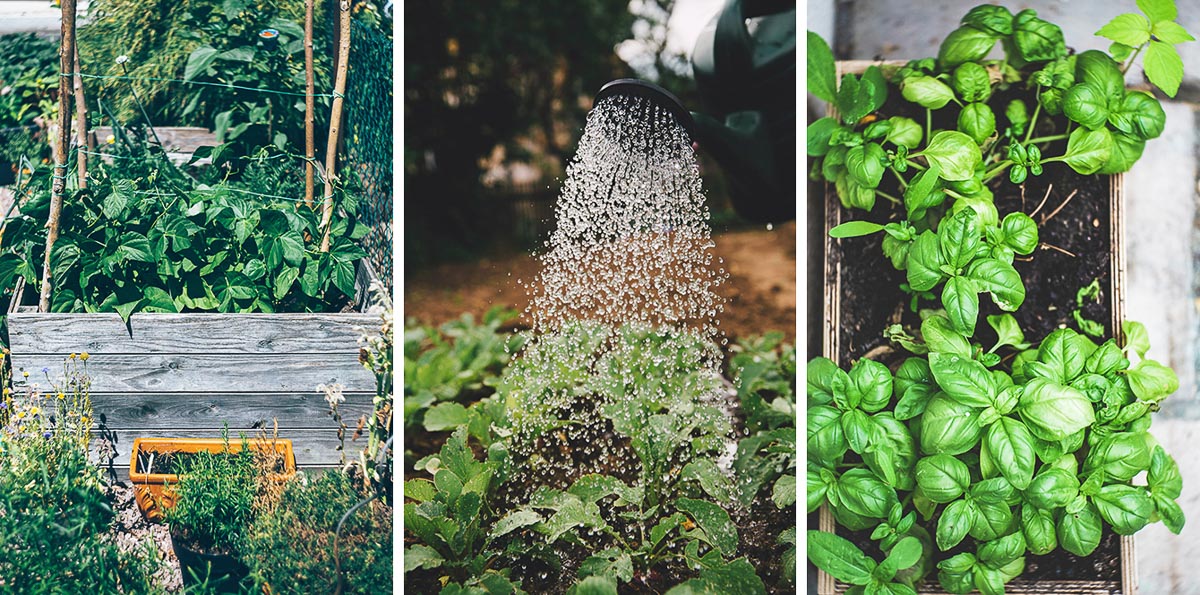Some Ideas on City Blooming You Should Know
Some Ideas on City Blooming You Should Know
Blog Article
City Blooming Things To Know Before You Buy
Table of ContentsThe Greatest Guide To City BloomingHow City Blooming can Save You Time, Stress, and Money.The Single Strategy To Use For City BloomingExcitement About City Blooming10 Easy Facts About City Blooming Shown
Fascinated in growing food offer for sale in the City of Chicago? Considering starting a community yard? Adjustments to the Chicago Zoning Statute permit farming uses like community yards and city ranches in lots of parts of the city. Below is a list of frequently asked concerns relating to the regulations and guidelines that cultivators should consider when planning a city farming task.
The zoning modification does not change any kind of various other codes taking care of composting, building permits, acquiring or leasing City owned residential property, company licenses or ecological contamination. There are existing codes that manage these problems and they continue to be in complete effect and may be relevant to your project. Community gardens are commonly owned or handled by public entities, public organizations or community-based companies and kept by volunteers.
Urban ranches expand food that is intended to be marketed, either on a nonprofit or for-profit basis. Because of their industrial purpose, urban ranches need a business permit. Yes. A neighborhood yard is enabled to sell excess produce that was expanded on website if the sales are accessory or subordinate to the yard's key function described above.
The 5-Minute Rule for City Blooming
The quantity of compost product can not exceed 25 cubic backyards at any offered time according to the standards in 7-28-715 of the City's Municipal Code. Because the soil at a lot of new yard websites needs amending, compost, soil, timber chips, or other materials can be obtained to construct or enhance the expanding area.

If a building license is called for after that the hoophouse will certainly be thought about an accessory structure. You can discover more about the structure permit requirements by getting in touch with the Division of Structures. The 25,000-square-foot dimension restriction is planned to stop a solitary neighborhood garden from controling a provided block or taking away from the block's existing household or industrial personality.
The limitation does not relate to yards situated in Public Open Space (POS) areas. Can there be more than one community garden that is 25,000 square feet on a single block? Yes. The size limitation relates to specific gardens, not to specific blocks. No. Fencing is not required, nevertheless, gardens that have large parking lot may be needed to mount secure fencing or various other landscaping functions.
City Blooming for Dummies
B1 & B2 areas need that all commercial use tasks be carried out indoors. R areas limit industrial activity. The visit this website policies mirror the objective and intent of the Zoning Code. Is secure fencing required for city ranches? Yes. Fences may be needed, along with landscaping and screening, for certain parking lot and outside work or storage space areas relying on place and the particular activity occurring.
Urban farms require structure licenses and zoning authorizations prior to construction (container and raised bed gardening etc.). Various other types of city evaluation may be required depending on specific frameworks, activities, size, landscape design, licensing, public heath and stormwater management concerns.
The Department of Organization Matters and Consumer Protection can assist identify the details kind of company license that's needed. Off road car park is needed for most business jobs in Chicago. The required number of vehicle parking rooms is based on the number of staff members functioning on site and not the square footage of the growing area.
The Main Principles Of City Blooming

Yes. A metropolitan ranch can offer garden compost product generated on website, nonetheless, the procedure should adhere to the regulations in 7-28-715 of the Chicago Municipal Code. Yes. Aquaponic systems are permitted indoors on metropolitan farms in several zoning districts. A zoning testimonial and building authorization is required in order to set up structures or systems and a service license is called for as explained above.
As much as five hives or nests of honey bees might be kept as an accessory usage. Nevertheless, beekeepers need to sign up with the Illinois Department of Agriculture. For more details regarding the proposed zoning modification you may call the Division of Real Estate and Economic Advancement, Bureau of Planning and Zoning at 312.744.8563.
, which takes area in country areas at the side of suburban areas.
The smart Trick of City Blooming That Nobody is Talking About
, who seek to develop social networks founded on a common principles of nature and area holism. These networks can develop by means of formal institutional assistance, becoming incorporated into neighborhood community planning as a "transition town" movement for sustainable urban growth.
In either instance, the extra straight accessibility to fresh vegetable, fruit, and meat products that may be understood via urban farming can improve food protection and food safety while reducing food miles, causing reduced greenhouse gas emissions, consequently adding to climate adjustment mitigation. Several of the first evidence of urban agriculture originates from Mesopotamia.
Report this page